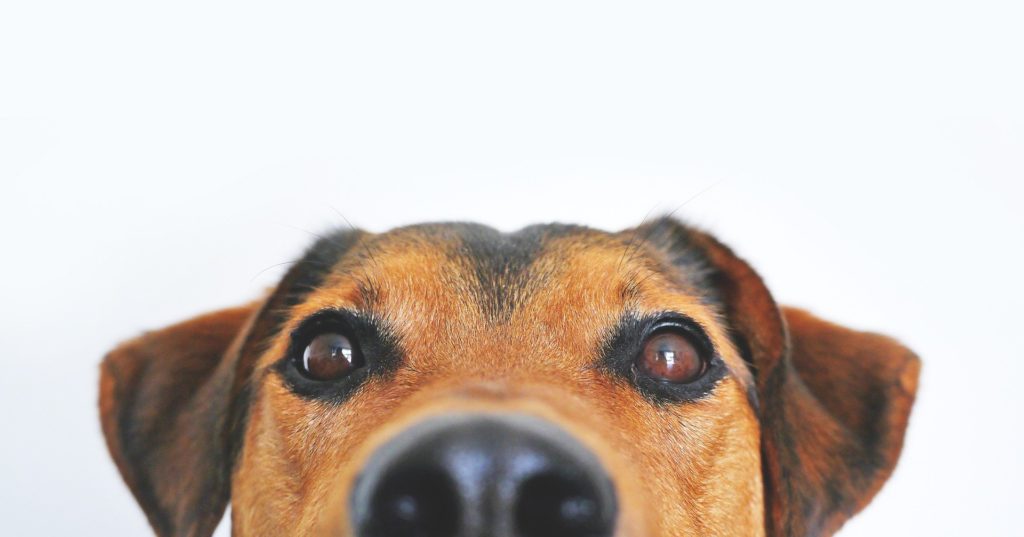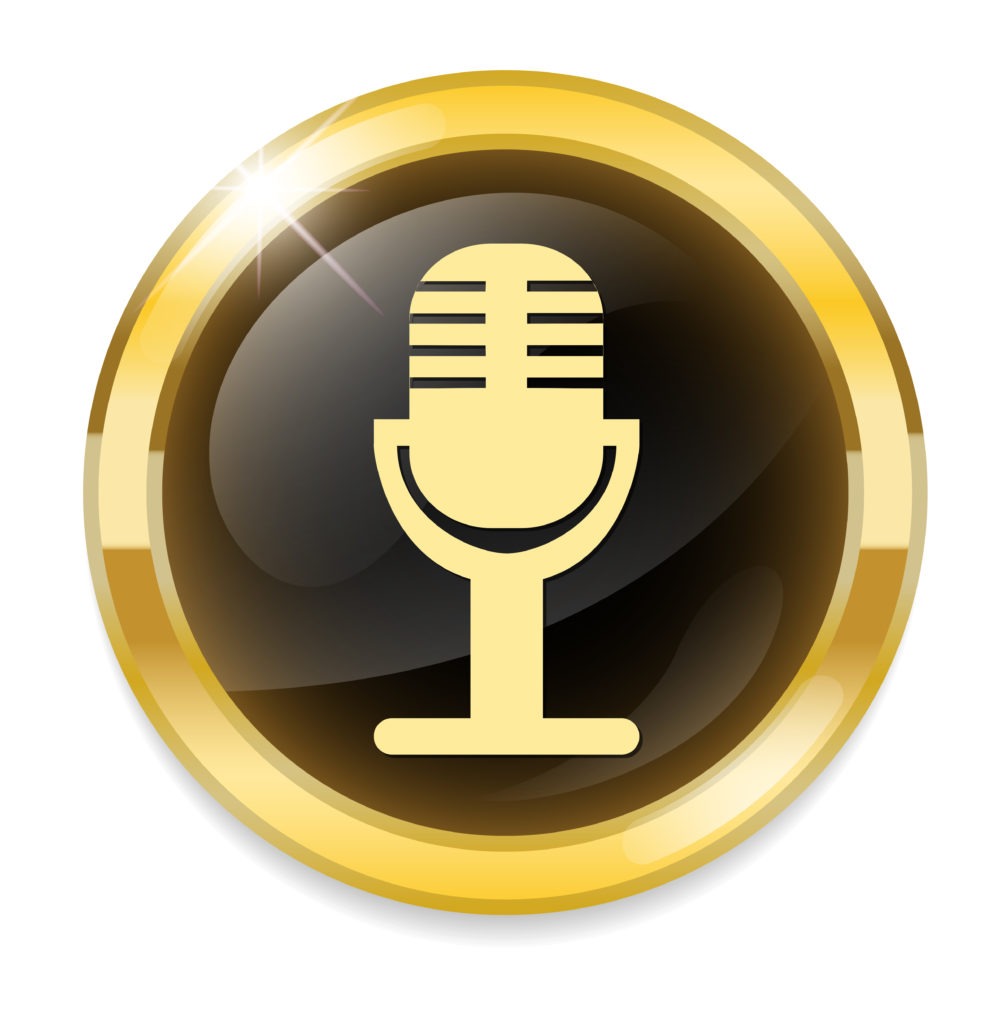
You’ve heard the old phrase, “If you want loyalty, get a dog.”
That was especially the case in 2020 when even rescue dogs were hard to find. And something tells me many radio station GMs, PDs, and air talent became dog owners last year.
That’s because disruption – the theme of the “Year of COVID” – did a number on many things in our lives. It certainly took its toll on loyalty. Many consumers were forced to experiment with other brands due to closures and service interruptions. If your favorite restaurant wasn’t open or didn’t provide curbside service or home delivery, you very likely took your business elsewhere. As we enter our 14th month of the ripple effects of the pandemic, while many brands have closed up shop, others have thrived because of their ability to “read the room” and pivot toward the opportunity.
Many radio stations experienced a year that could be best described as “checkered.” Our Techsurvey aggregated listeners from 470 radio stations all over the U.S. and Canada. And I know you appreciate the fact they all experienced very different results in 2020. Yes, overall listening levels were way down (as Nielsen dutifully reported throughout the year), due in large part to less time spent in cars along with disrupted routines.
But some stations fared much better than others. Why is that?
Our overall Net Promoter Score for Techsurvey 2020 hit 50 for the first time – the highest score (by just a tad) we’ve seen since we launched our surveys 17 years ago. Each and every year, we’ve employed the widely used marketing question that asks consumers to rate – on a 0-to-10 score – whether they’d recommend a brand (in this case, your radio stations) to a friend, family member, or colleague.
![]()
By now, many of you have seen or even used the Net Promoter scoring system – a “9” or “10′ is considered a “promoter,” while “o-6” is categorized as a “detractor.” You subtract one from the other, and you’ve got your score.
It’s a high bar to be considered a true brand advocate – a fan who will sing your station’s praises to someone near and dear to them – but that’s what true loyalty demands.
But what about those “7” and “8” scores – the ones on the cusp of being considered a “promoter?” What becomes of them?
In the Net Promoter scoring system, they’re simply tossed, occupying a limbo position. These respondents like a brand – but not enough to enthusiastically recommend it to others.
A number of years ago, we started looking more closely at that group. In this year’s survey, for example, they represent one in five respondents who don’t fall on either side of the “promoters/detractors” scorecard. That’s a lot of people who are close to being considered flag wavers for your radio stations.
Internally at Jacobs Media, we stopped ignoring them and even gave them a name – “Near Promoters.” And our reasoning was that while “detractors” may, in fact, be something of a heavy lift to covert into “promoters,” this group of “7s” and “8s” logically have the potential to be moved by tactical marketing and strategic action steps into becoming your brand advocates.

After all, if we could just nudge them a point or two, we could convert them from ambivalent fans into full-blown evangelists.
Rather than talking to P4 listeners or those who have all but abandoned radio altogether for streaming, satellite, or other substitutes, why not directly address the folks who walk into your church every week, but just don’t leave anything in the collection plate?
How could a radio station pull that off? Where do you find them, and assuming you’re able to actually locate them, what’s your move to bring them into the fold?
Finding them isn’t that hard. In fact, that’s what we at Jacobs Media do every January and February. Email a short questionnaire with basic demographic questions – plus, the all-important Net Promoter scale. If you’re collecting email addresses for a drawing, you’ll be able to identify your “Near Promoters” as well as their in-boxes.
Depending on the size of your database (and the shape of your radio station) you may come up with lots of these “7” and “8” voters. If your email pool is really big (and “clean”), you might identify hundreds of them.

And you might ask them, “What would the station have to do to in order for you to give us a “9” or “10” score?
You never know what you’ll learn. They just might tell you.
Now, I’ve asked this same question in enough focus groups over the years to reach the realization some people simply won’t give those stratospheric excellent scores to anything – a restaurant, a car, a movie…or your radio station. In their mind, nothing rates at “10.”
But for others, a “promoter” score may be attainable. You just need to unlock the reason for them not being more gung ho about your brand. And you might discover that some of this hesitancy revolves around the very same barriers – and maybe you can address them.
What other action steps are at your disposal?
Well, a simple contact is a good starting point, thanking them for listening, and encouraging them to reach out to the PD for a quick call. And you might discover the very act of reaching out and listening to them is effective enough.
Got any swag or giveaway items (even fast food coupons)? Letting them know you appreciate them with a little token of your gratitude is more than most brands do. And it might even stimulate them to tell others about what a nice radio station you are.
Of course, nothing should stop you from doing something nice and thoughtful for your “9” and “10” fans – your “promoters.” After all, they already love you, but perhaps you could give them a little reinforcement.
Check out Nurse Meg on TikTok, a regular user. In fact, she has nearly a half million followers – she’s a true blue “promoter.” But look what happens when TikTok shows her a little love. She returns the favor with one minute of absolute over-the-top exhilaration:
I don’t know about you, but I’d love a few of these videos SHOUTING the praises of my radio station making their way around the social ecosphere.
What else can you do to nurture more unabashed fandom from these “Near Promoters?”
Content marketing strategist, Thomas Wachtel, addresses this challenge in a recent Marketing Profs article, “How to Push Customers Down the Brand Loyalty Funnel.”
Noting that not every company and brand are the same, Wachtel suggests two universal tactics:
1. Great customer service – Now before you roll your eyes, consider how rare this truly is in broadcast radio. Wachtel may be thinking mostly about brands that do business transactions with customers. And that brings your sales team and their advertising clients to mind. But what about your listeners? How can you provide a fast, authentic response to their complaints and concerns?![]()
Step back from your brand for a moment. Is it clear how audience members can reach your program director or your air talent? We know what often happens when they call the studio lines. For many other stations, social media pages aren’t any more efficient or responsive.
If I wanted to engage with your brand right now, is it obvious how I would go about doing it? And even if the answer is “yes,” would the response be timely and effective?
Providing a simple and well-known way for the audience to connect with your station could be a brand differentiator. And it might just move some of those naggings “7” and “8” scores a notch or two.
2. Develop a rewards program – This was a hot tactic in radio a couple of decades ago. But these programs were often unwieldy and cumbersome to manage and fulfill.
Back to the focus group room, I frequently encountered listeners participating in station rewards programs frustrated by their inability to win prizes. And in their defense, a visit to the station website often confused the situation even more. Stations would sign up for these reward programs, but were often unwilling and unable to keep up with their maintenance and administration. Listeners would earn “points,” but had no idea how to redeem them.
visit to the station website often confused the situation even more. Stations would sign up for these reward programs, but were often unwilling and unable to keep up with their maintenance and administration. Listeners would earn “points,” but had no idea how to redeem them.
Today, you’re hard pressed to find stations with viable rewards platforms in place. Even the most successful broadcasters are scrambling to fight through the disruption wrought by COVID. There are precious few resources – human, financial, and otherwise.
But that doesn’t mean that if a rewards program was well-constructed, seamless to manage, and had something tangible and attainable for listeners, it couldn’t work.
It might move the needle on TSL, as well as improving your Net Promoter score.
What’s the solution for your radio brand?
As Wachtel reminds, “The customer journey is different for every brand, but what works well isn’t.”
Perhaps.
In a fast-changing environment where consumerism and brand loyalty are undergoing rapid change, doing the basic preparation to figure out how to better serve your audience is just plain smart. Surrounding yourself with legions of enthusiastic fans is audience insurance the next time tragedy or catastrophe strike. Fan evangelists can truly make a difference.
Or you could just get a dog.
Thanks, Keith Cunningham, for being a loyal TikTok user.
Register now for our free Techsurvey 2021 webinar: “Radio in the Year of COVID.” It’s loaded with insights for everyone in radio, especially as we emerge from the pandemic. Registration is here.
- What To Do If Your Radio Station Goes Through A Midlife Crisis - April 25, 2025
- A 2020 Lesson?It Could All Be Gone In A Flash - April 24, 2025
- How AI Can Give Radio Personalities More…PERSONALITY - April 23, 2025




Gee, thanks Fred. I’d blissfully forgotten about those original radio station rewards programs. The idea itself was great. The presentations we saw from the third-party software providers were quite impressive. The execution, on the hand, was brutally bad. The software was unwieldly (at best), and prize procurement and fulfillment was a joke. Of course back in those days we didn’t have anyone onsite either available and/or qualified to directly liaison with the third-party provider. Heck, we were lucky if we had a full-time IT person. So that naturally fell to the PD. Given the huge tech improvements since those early days, this idea is certainly worth revisiting. Regardless, that package from TikTok was darn impressive, with far more potential impact than merely giving a listener a T-shirt.
It was brutal. Oftentimes, companies would sign up the entire group, and their stations (OK, PDs) would be stuck trying to fulfill. As you suggest, the tech would make these programs considerably easier to implement now.